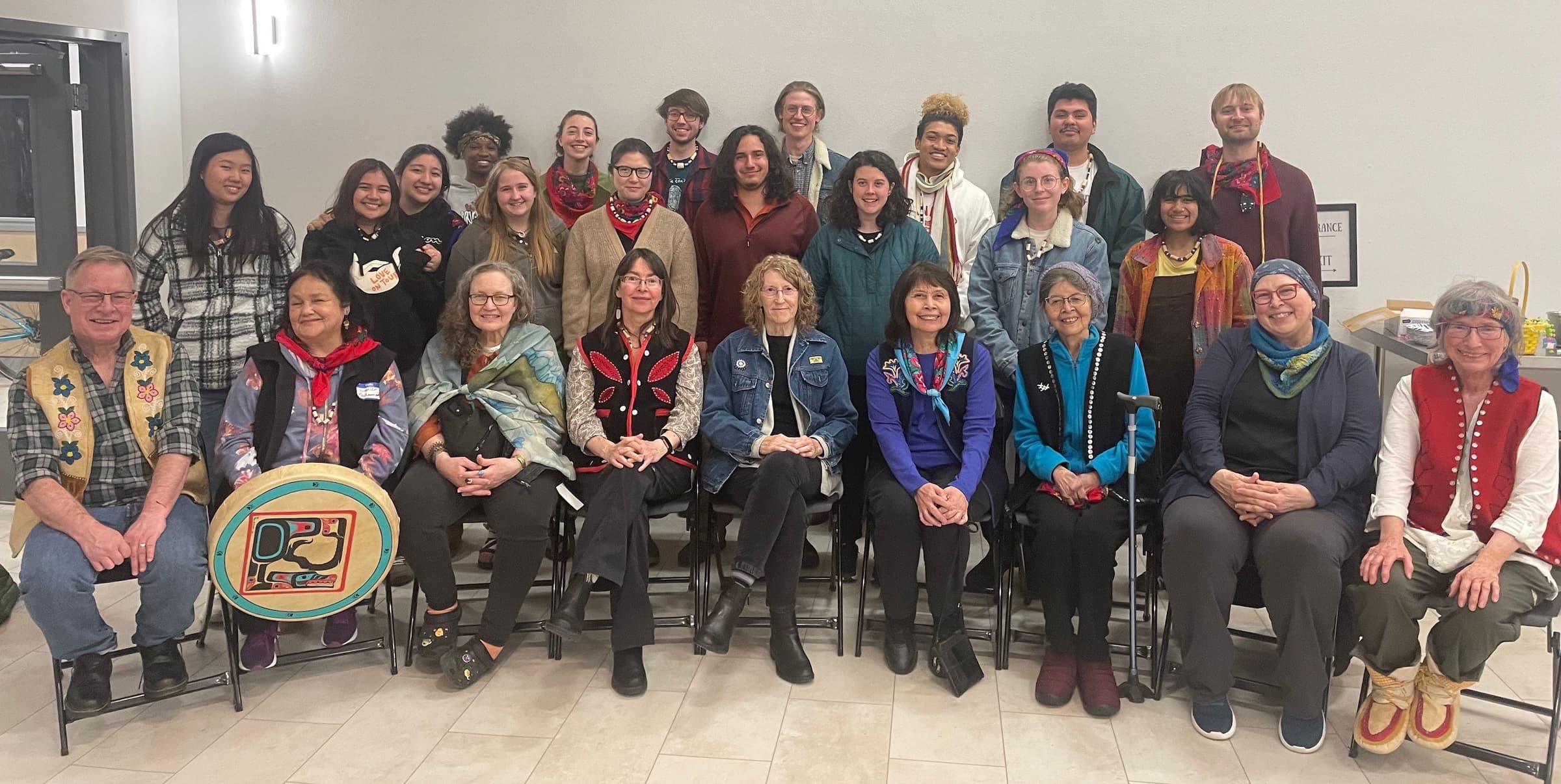“I think there's a sense, among so many young Alaskans, and often for good reason,” says Executive Director of Outer Coast Bryden Sweeney-Taylor, “that in order to have a career, that means looking outside of the state or outside of small communities.”
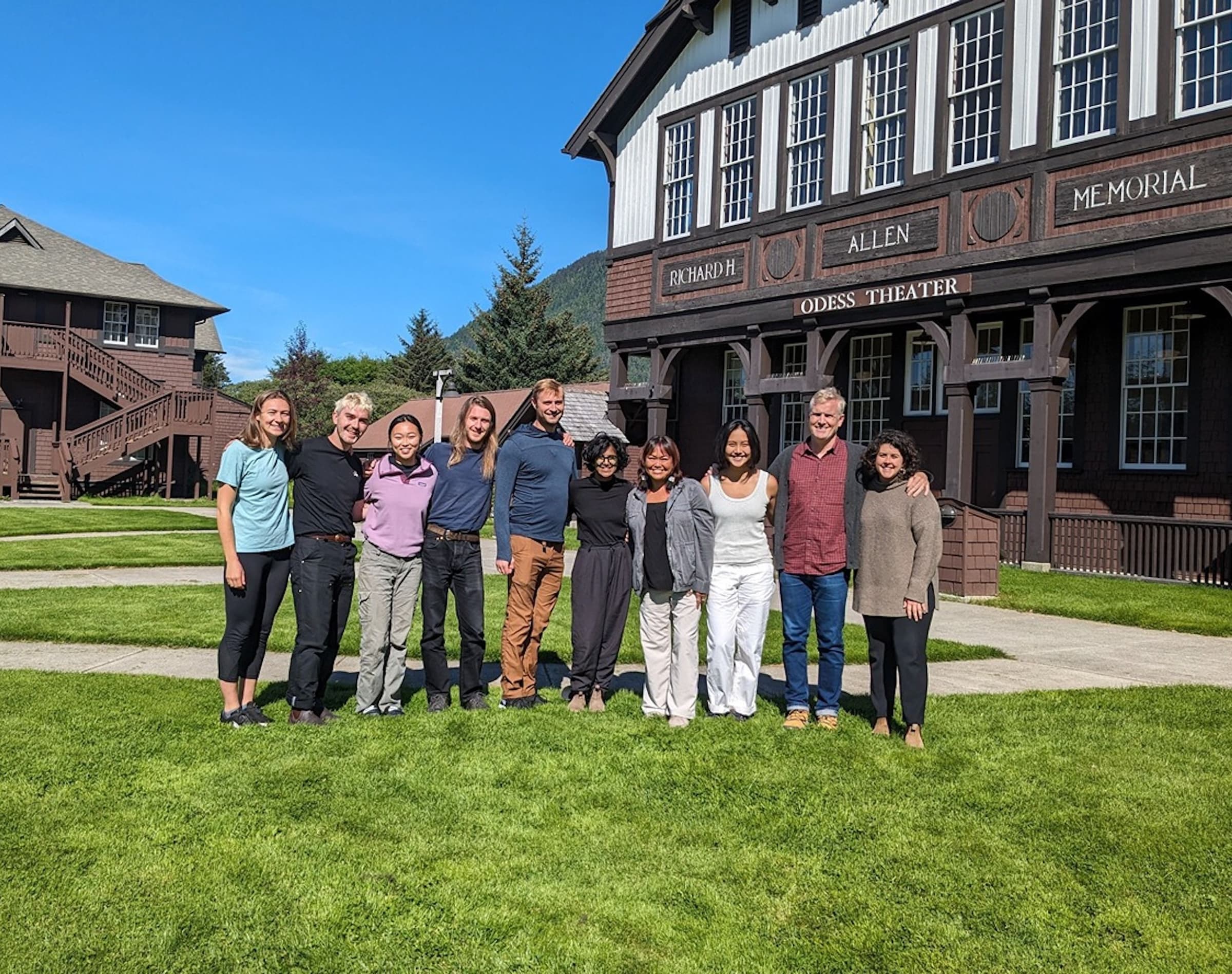
The pressure to leave small communities behind to pursue a career path in the lower 48 has long created a rift for young Alaskans, especially indigenous youth from rural communities. Today that pressure manifests in a strong outmigration pattern in Alaska. Many rural areas in the United States have experienced a version of this in recent years, but in 2020, Alaska saw the most widespread outmigration in the entire country with 80% of Alaska’s boroughs and census areas reporting a decline.
2023 marked the tenth consecutive year that more Alaskans left the state than joined it.
These trends are reflected by a shrinking workforce — including in the seafood industry — which Alaska Senator Lisa Murkowski identified as one of the top issues facing Alaska today.
Alaska’s shrinking population not only impacts small Alaskan towns, it directly impacts the future of our oceans and natural resources. Each Alaskan youth that leaves the state takes with them generations of knowledge and traditions from the past as well as an advocate for Alaska’s future. For indigenous youth, those traditions date back to time immemorial and are vital to conserving our natural resources.
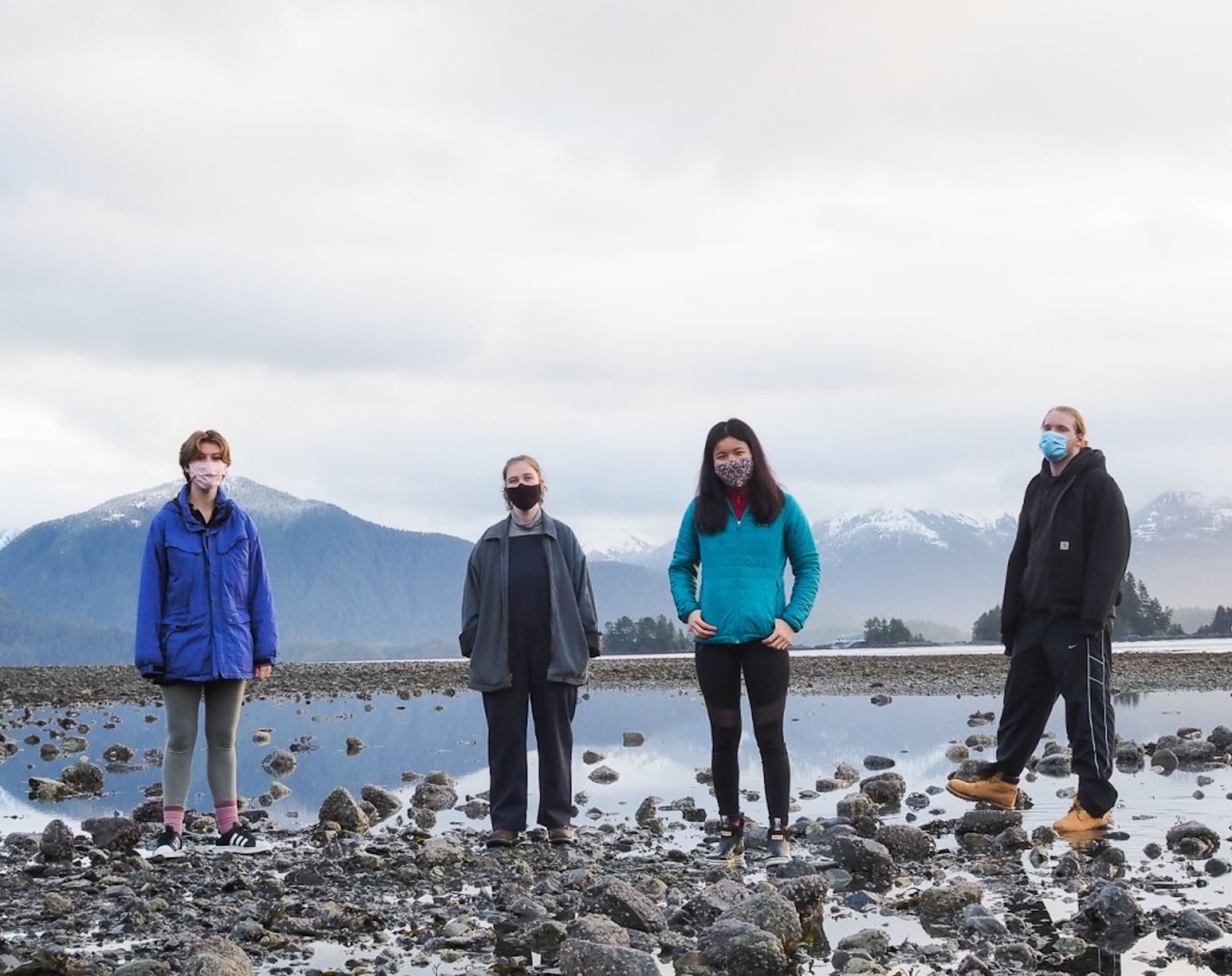
For example, Alaska’s fishermen are well understood as the first line of defense for the ocean. Small-boat fisherman Jeff Farvour calls fishermen the “Eyes and ears of the ocean” from the helm of his salmon troller. And while the term “brain drain” is typically used to describe the draining of technical, specialized, and Western-educated knowledge from one area to another, when Alaskan youth leave the state to pursue traditional higher education at out-of-state institutions not only is the state losing its workforce, but even more concerningly, it’s losing its culture-bearers, traditional knowledge-keepers, and frontline advocates.
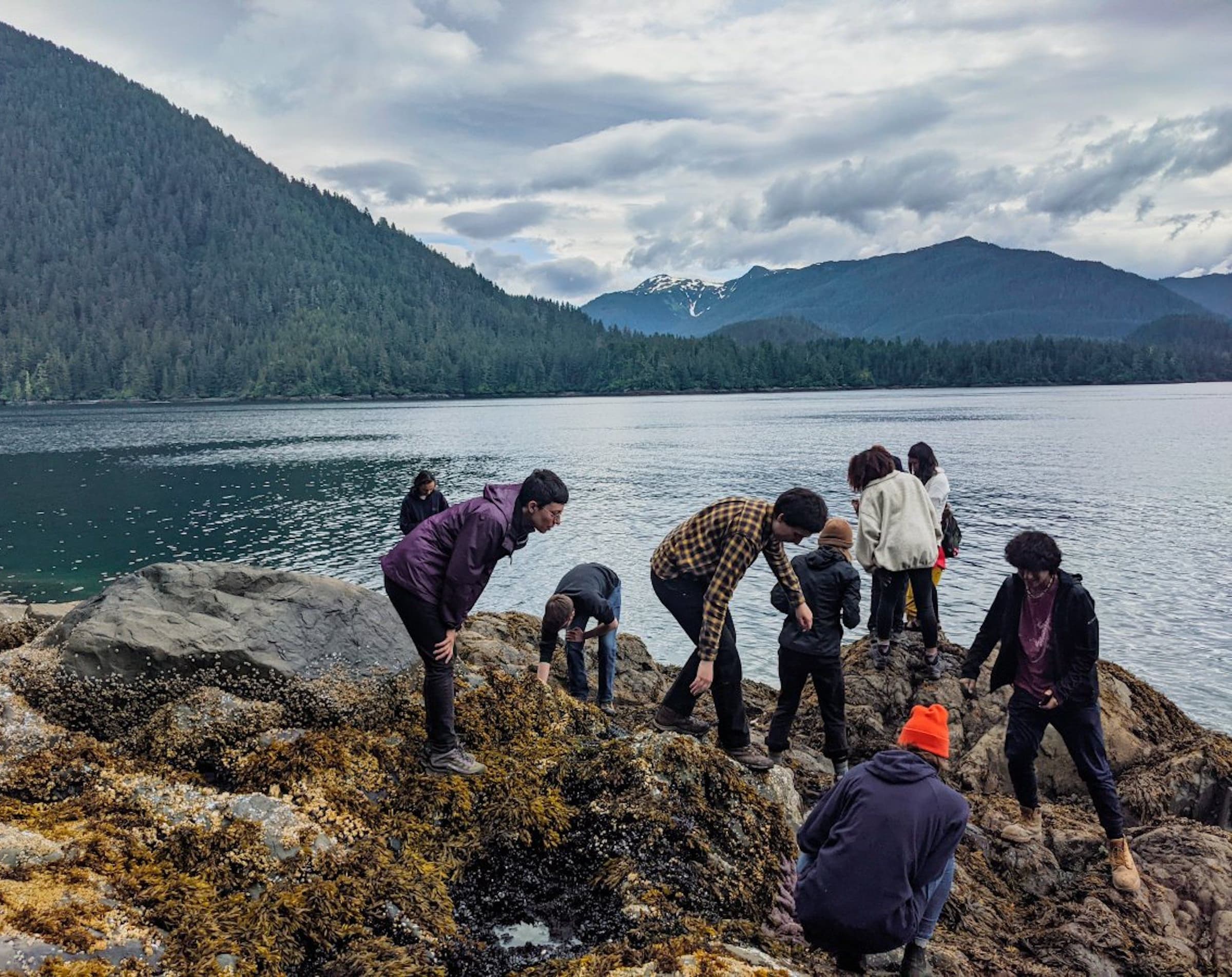
That’s why our team is excited to support Outer Coast, a new higher-education institution in Sitka that is reimagining post-secondary education.
The fledgling institution aims to create a curriculum uniquely tailored to the challenges faced by rural, indigenous, and Alaskan youth who have grown up in rich cultural traditions which are often left out of the traditional college classroom.
“I think that there’s an opportunity to change that narrative in significant ways,” says Sweeney-Taylor.
One of the core ways that the program is working to change that narrative is by shifting its focus away from traditional models of success and instead concentrating on how to live a meaningful life. This north star gives rise to the school’s three main pillars: academics, service, and self-governance.
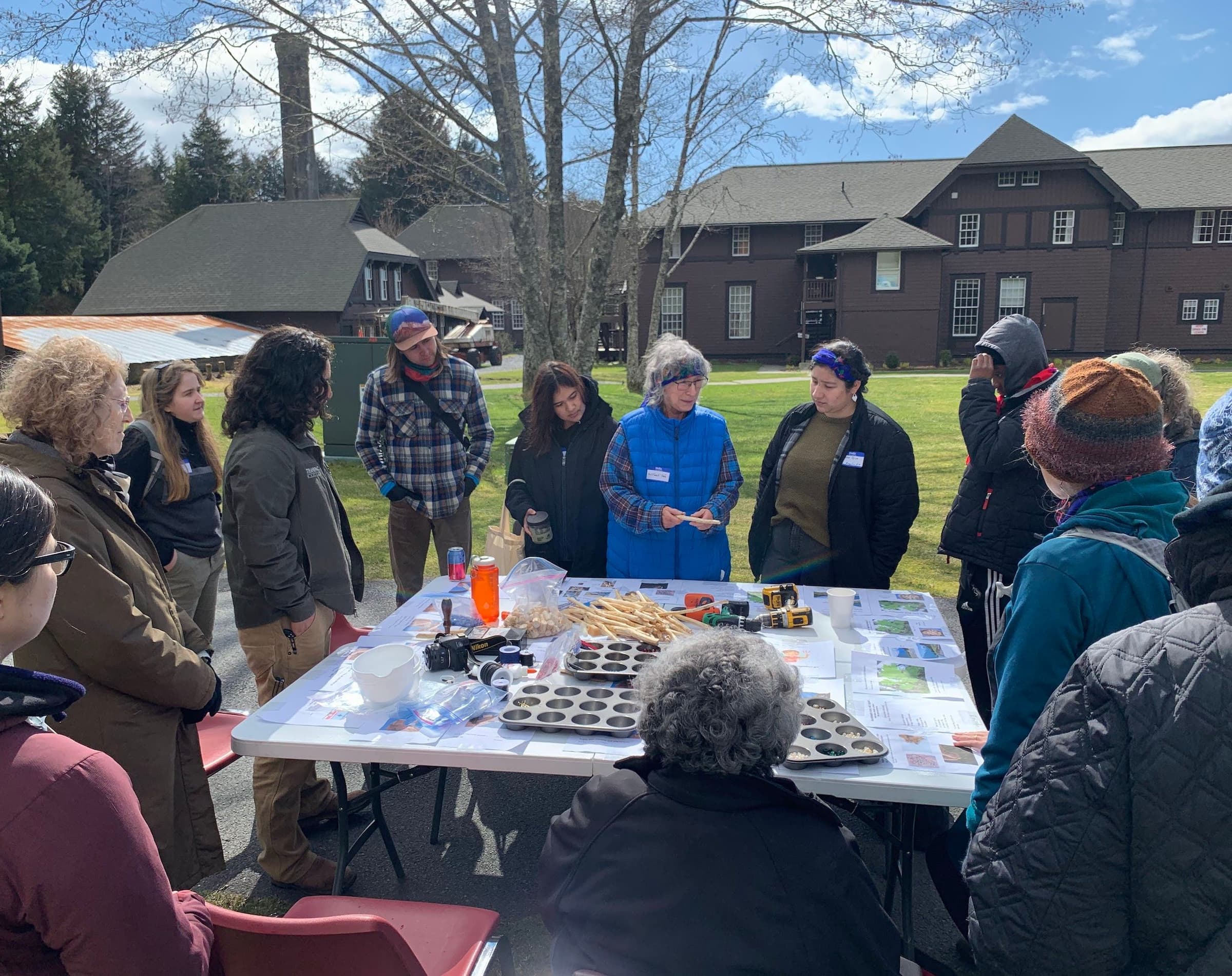
Coursework asks students to consider how works from both Indigenous and Western traditions can help them live a morally rich life while giving them the tools and confidence to put it into action.
Therefore, all students’ core curriculum consists of Língit language and culture classes along with place-based science courses.
What’s more, students participate in the annual Learners Teaching Learners conference which brings students and Língit elders together to share and celebrate indigenous knowledge through Língit language learning.
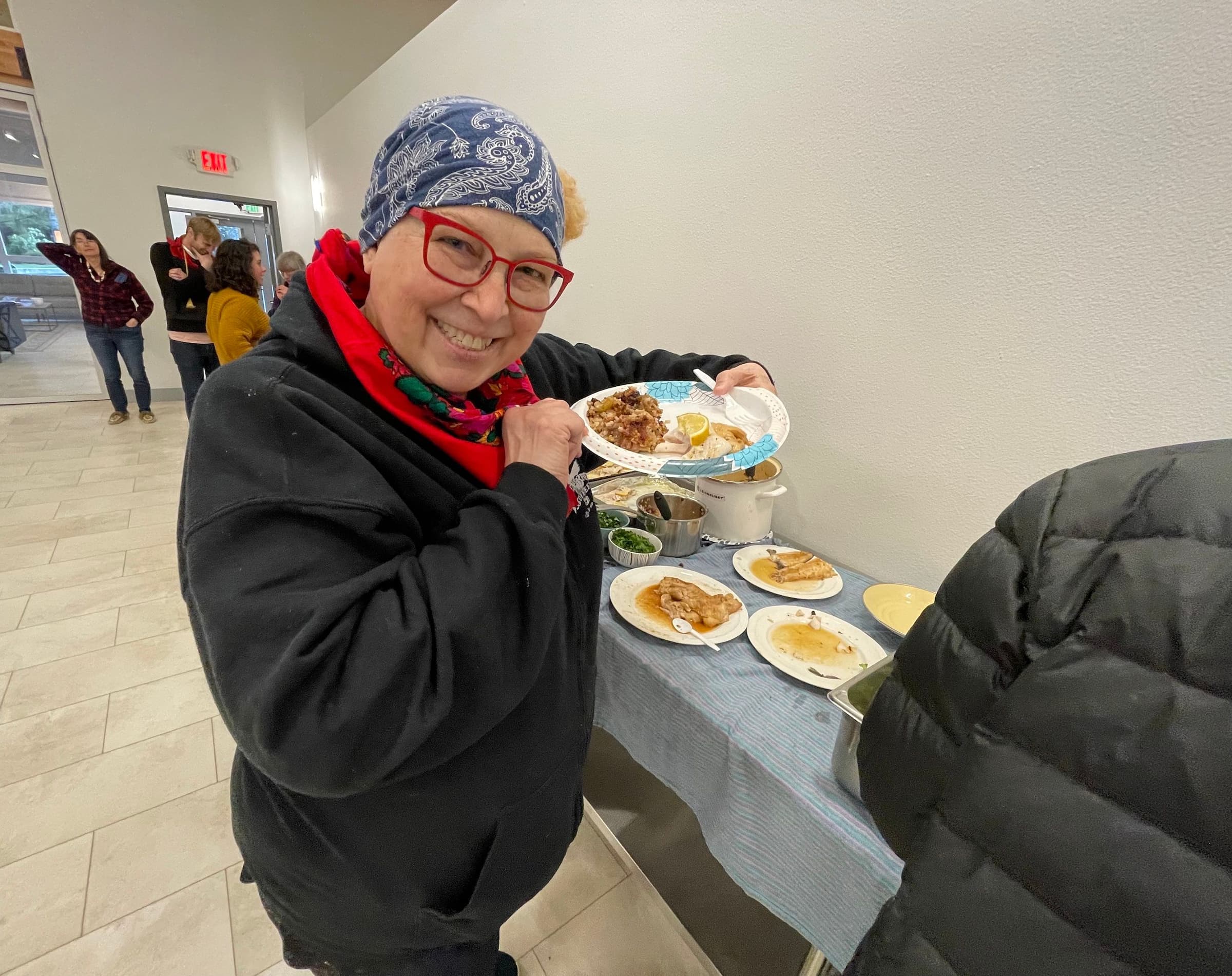
The hope is that this interweaving of Indigenous and Western traditions resonates on a personal level so that students can see and understand the issues in their home communities as well as feel empowered to enact change for future generations of Alaskans.
Sweeney-Taylor says this has the effect of creating a “virtuous circle” for the future by helping students imagine what living in rural Alaska could look like. “There’s so much opportunity for meaning and connection to be cultivated,” he says.
During their time at Outer Coast students build that meaning and connection through service projects and self-governance. Students report that contributing meaningfully to various community organizations through volunteer labor gives them a sense of agency and responsibility.
One such project is the restoration of a local cemetery which serves as the burial ground for generations of Alaska Native families. Service projects like this one connect students with local organizations and offer them a taste of what it might look like to build a strong sense of commitment to mutual relationships of care within a community.
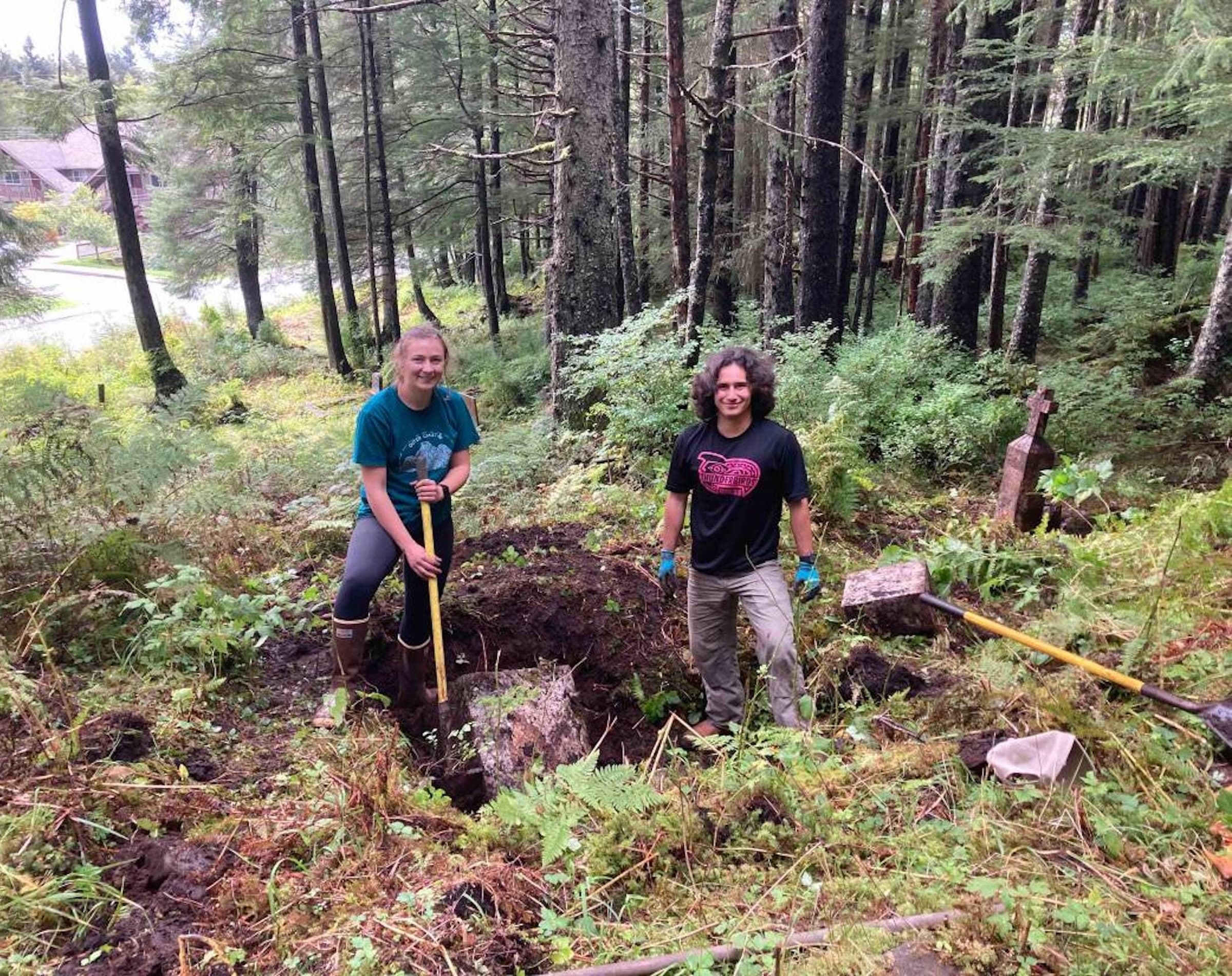
Similarly, one alumni of the program, Luc Diaz, shared that the self-governance aspect of Outer Coast taught him how to be in community:
“It forces you to learn how to be a good community member. If you can be an asset to the community in a place like Outer Coast, you probably can anywhere.”
In this way, Alaskan youth who may otherwise forgo post-secondary education or else leave the state to do so are inspired to explore how their particular background — be it unique skills or specific cultural traditions — can bring a vitality to their own small communities. Students report that this connection to place and community helps them imagine how they might pursue a broader sense of personal fulfillment beyond economic value in their lives ahead.
Sitka Seafood Market supports Outer Coast’s work to inspire and uplift Alaska’s youth with support from our members through our 1% For the Wild Fund.
